This entry includes a walking tour! Take the tour.
Introduction
Text-to-speech Audio
Images
Front view of arch
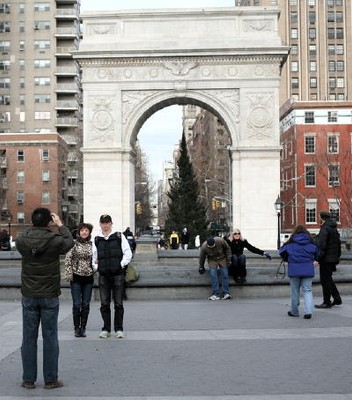
Close up
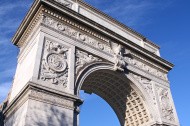
Close up
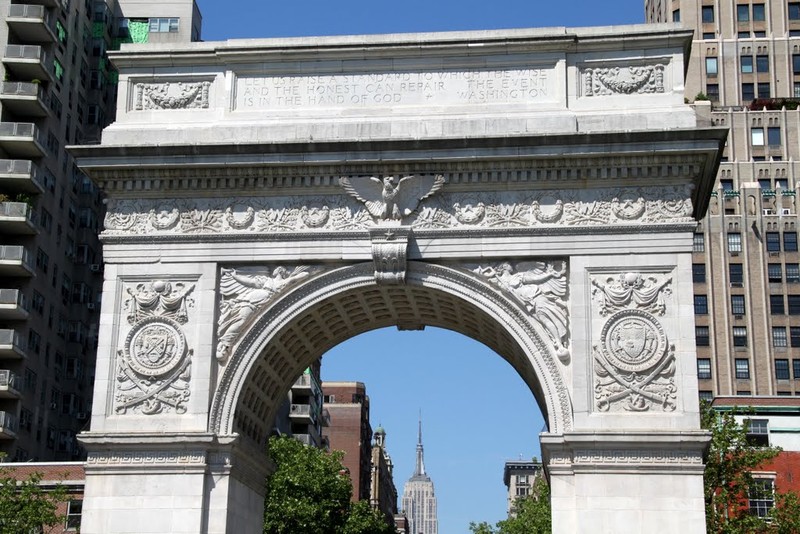
Arch at night
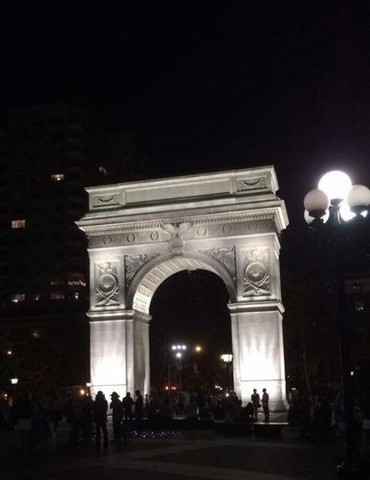
Side view
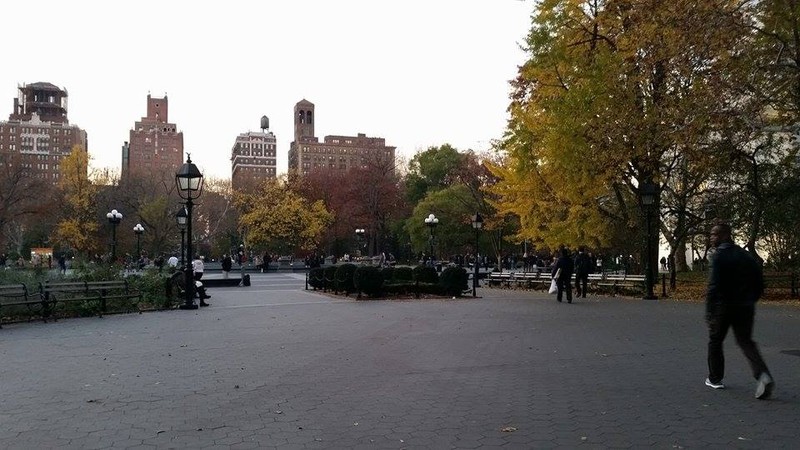
Entrance
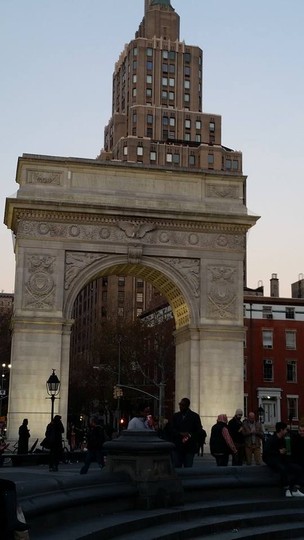
Backstory and Context
Text-to-speech Audio
Centuries before this area became a park, it was a marshy ground. Minetta Creek (which has long since been buried) ran through the park and was known to the Lenape tribe as a waterway with fresh water, an abundance of waterfowl, and a fine trout stream.
In 1624, the Dutch West India Company sponsored settlers to establish the trading post of New Amsterdam on the southern tip of Manhattan Island. In 1626, Peter Minuit bought Manhattan from the Lenape Indians and sent slaves to farm the land.
In 1643, negotiations between the Dutch and Lenape Indians turned violent.This resulted in the Lenape destroying many of the Dutch farms. In order to secure enough food for the settlement's growing population, the Dutch decided to grant freedom and farmland to some African slaves in return for a portion of their crops. Some of the land grants overlapped the site we now know as Washington Square. However, the slave's right to own land were later revoked when the land was placed under English rule.
After the Revolutionary War, this area became a potter's field, a public burial place where poor and indigent people, mostly victims of yellow fever, were buried. Eventually, after 20 years of use, the potter's field was filled. On May 1,1825, the potter's field was closed, and no more burials were allowed. Meanwhile, the New York's Common Council were looking for an area on which the city’s volunteer militia companies could drill and march. They felt that the potter's field would be the perfect place to establish their military ground.
On July 4,1826, the 50th anniversary of the Declaration of Dependence, the previous potter's field was officially declared as a military parade ground. Within a few years, a prime residential area began developing around the parade ground, and New York University was established near that area in 1831. In 1838, Samuel F.B. Morose made the first public demonstration of the telegraph in Washington Square Park.
During the Civil War, many people saw the horrors and casualties of fighting, and refused to be drafted into the war. This caused the Draft Riots of 1863, one of the bloodiest urban conflicts in American history. To appease the rioters, troops were sent from Gettysburg to camp out at Washington Square to maintain the peace in the vicinity.
Finally,in 1870, the parade ground was transformed into a landscaped park, which we see today.
Sources
"History." Washington Square Park. Accessed May 21, 2017. http://washingtonsquareparkconservancy.org/history/.
"Washington Square Park." Washington Square Park Highlights : NYC Parks. Accessed May 21, 2017. http://www.nycgovparks.org/parks/washington-square-park/history.
The Johns Hopkins University Press | Books | The History of Washington Square Park: A Time Line. Accessed May 21, 2017. http://www.press.jhu.edu/books/supplemental/1821_4.html.
"MediaWiki 1.26.3." MediaWiki 1.26.3. Accessed May 21, 2017. http://www.undercity.org/.
